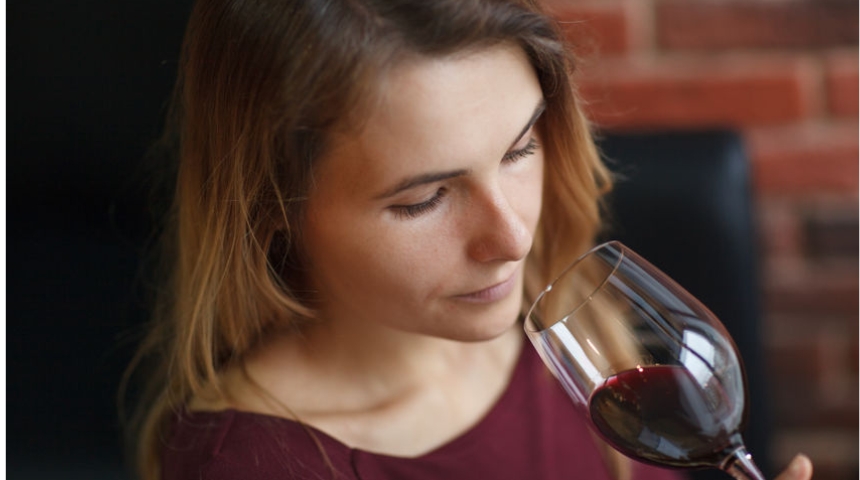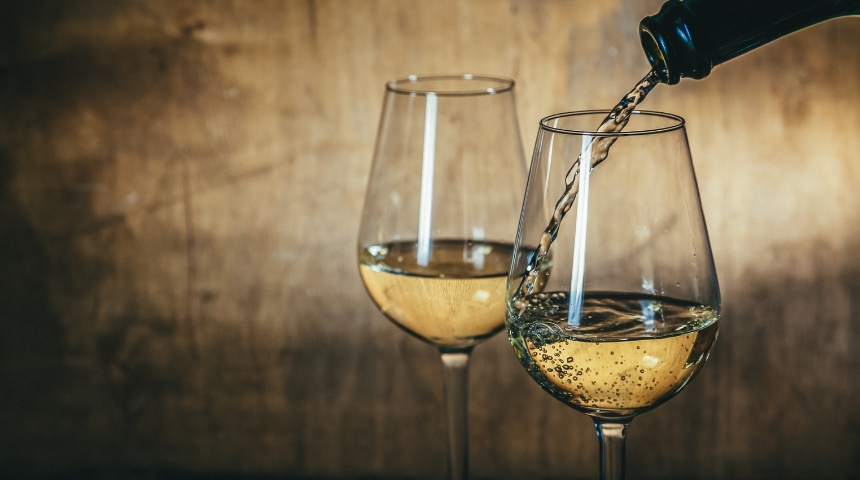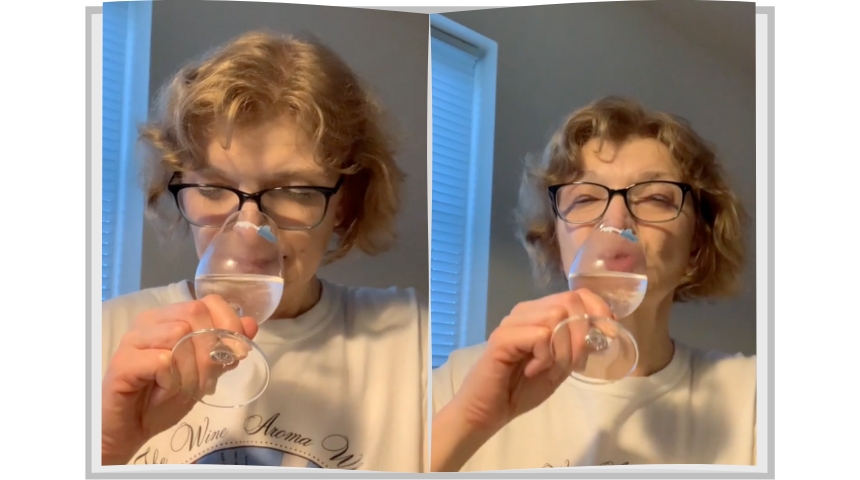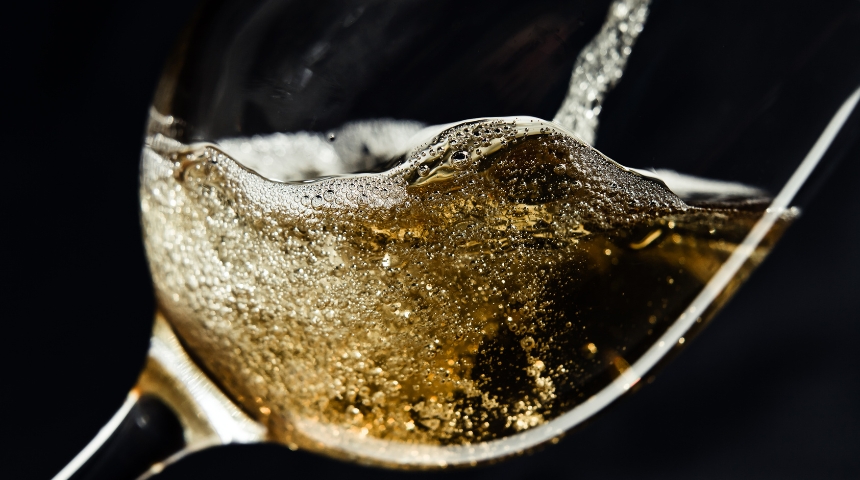Enhancing your guests' experience through comparative wine tasting
As a wine business owner or educator, you’ve likely learned how to taste wine using the traditional five steps of See, Swirl, Sniff, Sip, and Savor.
This process might be suitable for assessing the quality of a wine in a technical evaluation, but it assumes that participants have already developed a wine lexicon to appreciate the various flavor nuances.
Which is rarely the case!
tasting wine like a pro isn’t helpful to your guests

Only with technical knowledge and years of practice can a wine enthusiast describe a wine in isolation, which isn’t really in isolation.
Wine experts have developed an internal grid to compare each wine with what they have tasted before.
Because our brains are wired to compare what we smell or taste to previous experiences memorized in our sensory memory.
So, make the task easier for your tasting guests.
Consider introducing a comparative wine-tasting approach in your event. The task is playful and educative, and participants will discover tasting skills they did not know about.
Choose a comparative wine tasting theme.
Design your tasting flight to allow participants to compare two wines at a time.
Comparing a white wine to a red wine might not be that interesting, except if they have similarities of some sort.
For example, you could taste and compare a Pinot Noir made as a white wine and a Pinot Noir made as a red wine. I have had this experience before, and it helps you realize the importance of skin contact in delivering the flavors in red wine, which we don't have in white Pinot Noir.
The theme should also be related to the wine knowledge you wish to share with your guests.
- It could be knowing more about a wine style produced in a particular wine region. You then focus your discussion on the particularities of this wine-producing region.
- It could be the use of specific wine-making practices;
- It could be the particular climate or the unique soils that impart distinct flavors to the wines.

For example, the Chardonnays produced in Chablis tend to have a typical “Flint” aroma that some people describe as minerality.
If you compare the Chablis with another Chardonnay from a different region in Burgundy, the flint aroma will be a distinct trait that your guests can identify and memorize.
Remember, it's easier to describe by comparison than by telling in absolute terms.
the Comparative wine tasting flow
Rather than examining each wine individually, participants compare the two wines for each modality.
First, assess the two wines by smelling
Participants will smell the first wine and take a few notes.
Then, they will smell the second wine and compare its aroma with the first wine.
This process allows participants to contrast the aromatic intensity and the various notes that each wine evokes.
It will be easier for them to share that the first one was stronger overall or more fruity than the second wine.
Help them use the wine aroma wheel to be more precise in their descriptions.

Use wine aroma kits if your guests want to refresh their memories about specific aromas.
But don't have those kits in the same room as the wine tasting because they can be very smelly, and their strong odors will disturb everyone’s tasting experience.
Second, compare the two wines by tasting
Participants take a sip of the first wine and notice its taste (sour, sweet, or bitter), how it feels in the mouth (fluid/viscous, drying/smooth, etc.), and the aromatics again.
After taking a sip of water, they take a sip of the second wine and compare it to the first wine.
Guide participants to think of other products that evoke similar sensations. This will prompt them to find the right words.
Encourage your guests to take notes, explaining that writing will help them memorize each wine qualities.
What about assessing the wine appearance?

Note that I don't pay particular attention to color or appearance.
Traditional wine-tasting classes teach you to see first,
however...
- Seeing and paying attention to the wine's appearance biases your smell and taste perceptions afterward. That's why I strongly recommend that you start by smelling, then tasting, and eventually, you can look at the wine appearance.
- Looking at the wine appearance last is fine because the color and clarity should be pretty stable, contrary to the flavors that change quickly in your glass. That's why flavors are essential to capture first, as they evolve when you perform a sensory tasting.
The benefits of comparative wine tasting
- The tasting flow is easy to implement while playful and educative
- Participants are more likely to find the words to describe the differences and similarities between two wines
- They are not intimidated by their lack of technical knowledge
- Comparing wines in a flight helps participants understand the aromas and tastes they enjoy and those they don't like much in a wine
- You'll deliver a memorable experience to your guests.
Need help
Contact Isabelle if you have any questions or need guidance to set up this new approach at your next event.